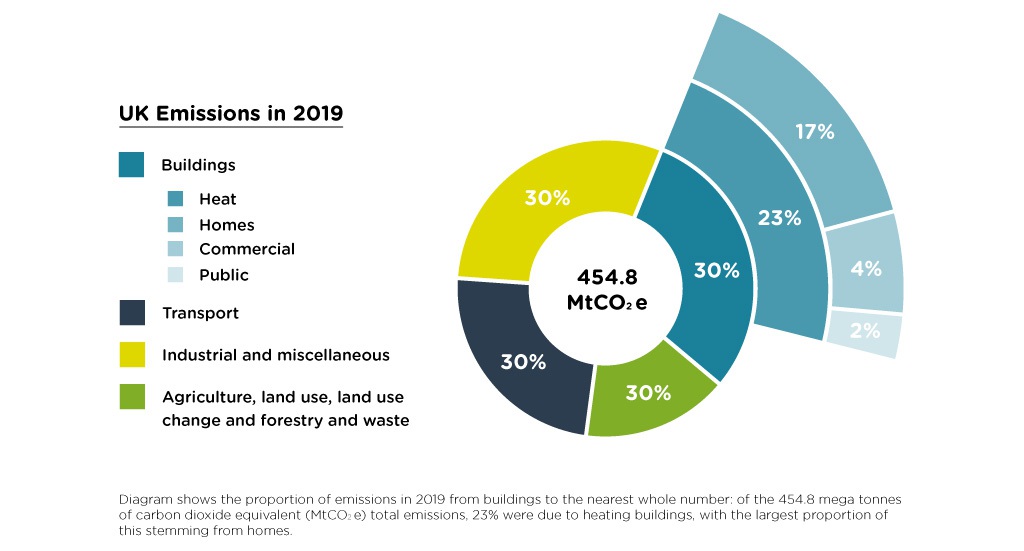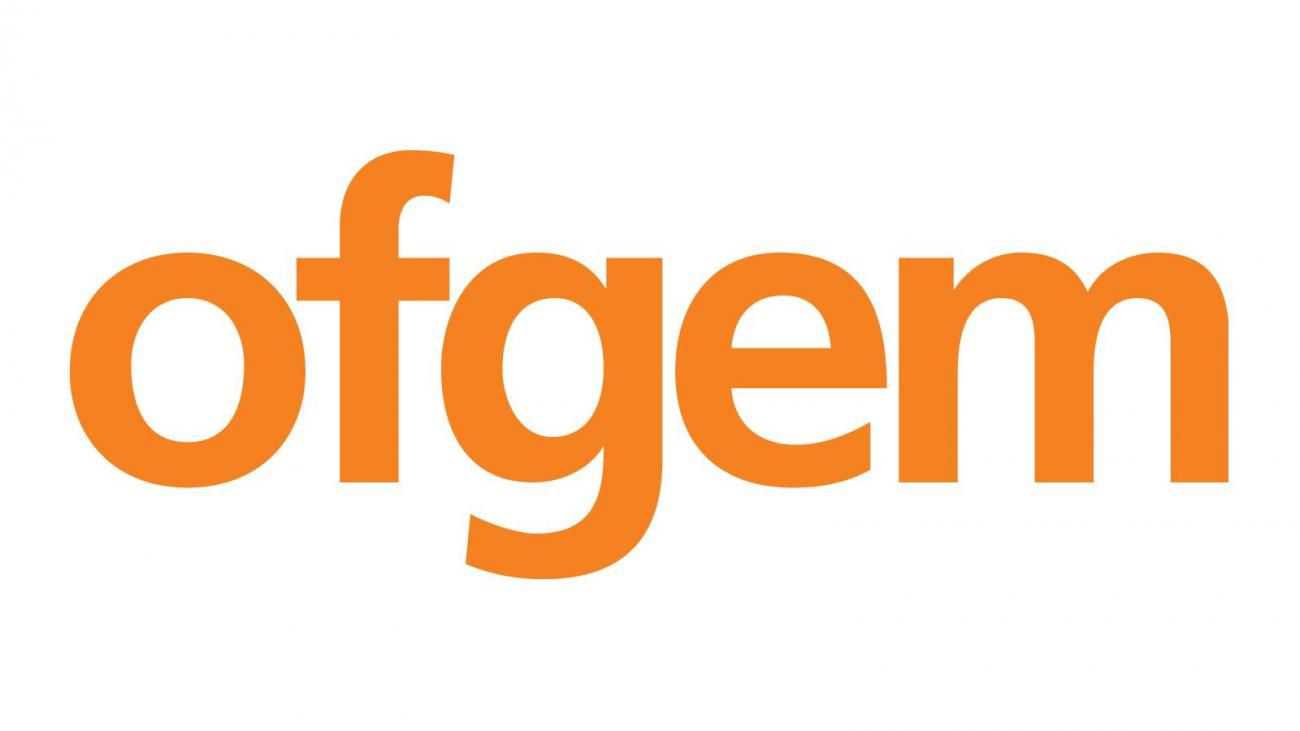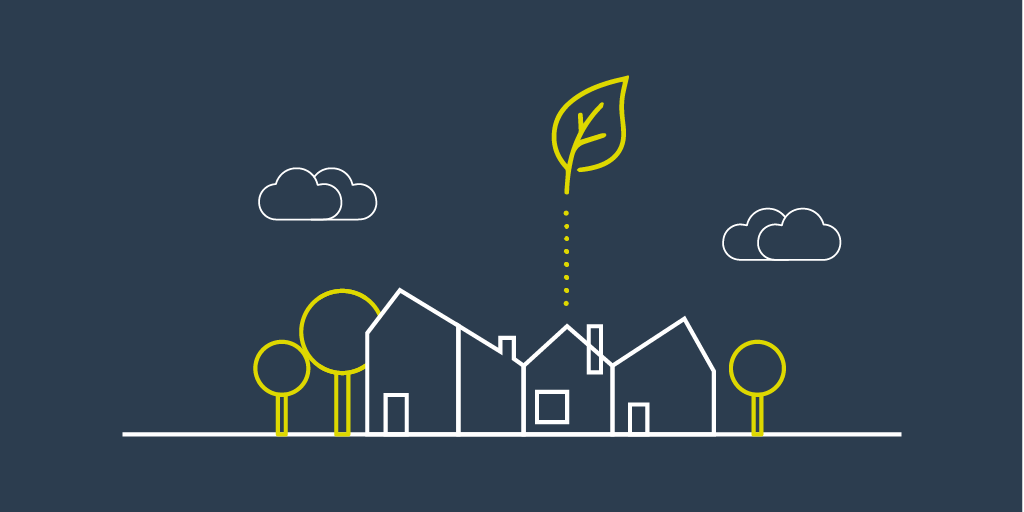How can Heat Networks benefit you and the environment?
 |
Let’s imagine! – You’ve recently moved into a property and found out that you’re connected to something called a ‘Heat Network’.
You would have a lot of questions, like…, What that means? How much your bills are going to be? How will this system benefit you? and probably more!
Well, let’s try to answer some of those questions!
What is a Heat Network?
A Heat Network takes heat from a shared central energy source (such as renewables) and delivers it to a number of domestic and non-domestic buildings via insulated pipes. Depending on its size, heat networks can also be called Communal Heating or District Heating. – don’t be surprised if you come across this wording!
Compared to traditional gas, oil, and electric heating systems, heat networks can be more efficient and cost-effective. While traditional heating systems use individual heat sources to heat up your home, heat networks use a shared energy source and form part of a new energy infrastructure, that plays a fundamental role in supporting the move to a low carbon energy system.
Heat networks are designed to help reduce carbon emissions!
Watch our mySycous ‘What is a heat network?’ video below to learn more:
Why are we moving towards low carbon energy systems?
Well… carbon dioxide emissions cause climate change by trapping heat, they also contribute to respiratory disease from smog and air pollution. This means that it is really important we start moving towards an environmentally friendly heating system.
In the UK, approximately 40% of our energy consumption and around 20% of our greenhouse gas emissions are due to the heating and hot water supply for our buildings. Using individual heat sources like gas boilers in our homes, contributes to this.
Under the government’s current plans, the UK will be working towards a gas and oil boiler ban in new build homes from 2025 with the aim of increasing the amount of low carbon energy systems in the race to achieve net-zero.
 |
How can Heat Networks help reach zero emissions?
Heat networks are fuel agnostic, which means they can be heated by any fuel.
This allows low carbon heat generation to be included from the beginning, as well as making it possible to switch to an alternative heat source at a later stage.
Typical examples of heat sources for heat networks are Combined Heat and Power (CHP), air or ground source heat, waste incineration and biomass fuelled boilers. You can find more information on where the different sources are in place across the UK on the Heat Trust website.
 |
But that’s not all! - Where there is a high capital cost for the heat generator (e.g., ground arrays for heat pumps), Heat Networks allow for a more cost-effective solution, by creating one large heat generator and pipe to heat multiple homes as opposed to each property having its own generator. Heat Networks are especially efficient in heat dense areas where pipes can be shorter between homes, helping to reduce the amount of heat lost from the system.
A simple way to think about it is that generating heat on scale for 1,000 properties can be done more efficiently that generating for 1 property, when you also add that many renewables work most effectively at scale, the case for Heat Networks becomes even more compelling!
This is why the UK, as well as Scottish and Northern Island Governments, are consulting and rolling out schemes such Heat Network Zoning, providing funding and enabling legislation.
How do Heat Networks benefit residents living in connected properties?
Heat Networks have the potential to provide a reliable and low-cost alternative to traditional heating systems.
As Heat Network suppliers usually maintain the Heat Interface Unit (HIU) and meter within a property, the cost for repairs will likely be included into your bill as a fixed charge, or as part of our rent or service charge.
Fixed charges on a heat network cover all the fixed costs needed to provide your property heating and hot water! This includes maintenance of your HIU and the heat network infrastructure, such as the pipework. Including maintenance within your heat network standing charge means that unfortunately, on average, this may be higher than they are for gas and electric homes. But gas and electric homes will need to pay for their gas bill + servicing the boiler + repairs + insurance + replacement of a boiler as additional costs.
This difference in heating costs can be hard to compare, luckily the Heat Trust (An independent, non-profit consumer champion for heat networks) have created a Heat Cost Calculator! This tool aims to help provide customers living on district or communal heat networks an indication of what it would cost to heat a similar sized property using an individual gas boiler.
Watch our mySycous ‘What is a heat tariff?’ video below to learn more:
What’s next for Heat networks?
The government have recently announced that Heat Networks will be regulated by Ofgem (Great Britain’s independent energy regulator). This change will be to make sure residents living in properties connected to Heat networks receive a fair price and reliable supply of heat, as these systems become more popular on our journey to net zero.
 |
To learn more about Ofgem, click here.
If you have any further questions about your bill or account, please Get in Touch with our mySycous support team.



